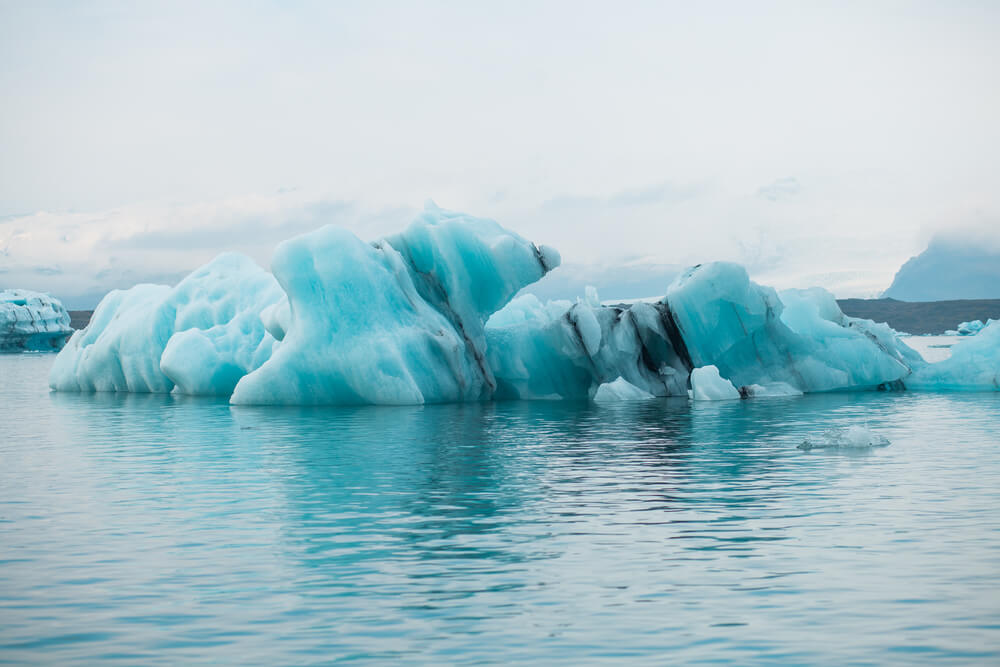Scientists have figured out what is happening with the climate in the US
A further increase in summer and winter temperatures in the Russian and Canadian Arctic will lead to the fact that the winters in the northeastern United States will become even more severe and snowy.

Фото: Depositphotos
This is stated in a scientific article in the publication Nature Communications, a short translation of which was published by the agency RIA News.
“In essence, our observations confirm what I have been saying for several years. Warming in the Arctic periodically causes high winds to change their course sharply, and when their flows deviate to the south, cold air begins to penetrate there. The next shift does not occur soon, which is why these episodes of abnormally cold or warm weather last a very long time,” said Jennifer Francis, a climate scientist at Rutgers University.
The past few years, the north of the United States and southern Canada have been experiencing abnormally cold winters with heavy snowfall and very low temperatures, which not only cause discomfort to residents, but also force heating companies to devastate natural gas reserves and even slow down economic growth. A similar situation is also observed in the north of Asia.
Two years ago, Korean climatologists suggested that abnormally long winter chills are associated with accelerated melting of sea ice in the Russian Arctic and dramatic changes in the nature of the movement of winds generated by this process.
Francis and her colleagues confirmed that this is true by comparing how the climate in the region changed and the weather in the north of the United States and Canada from the mid-twentieth century to the 2017 year.
Scientists were interested in three key parameters: the thickness of the polar ice cap, the number and strength of temperature anomalies in the Arctic Circle, and how severe the winter was in different regions of the United States. Comparing these indicators, the researchers tried to understand whether there is a connection between the weather in temperate latitudes and the climate processes in the Arctic.
It turned out that such a relationship does exist, but not throughout the United States. It was most clearly manifested in the north and northeast of the country, around the Atlantic coast of the States and on the territory of the Rocky Mountains, where the likelihood of a harsh winter increased about four times, if in the Arctic at that time mild climate prevailed.
Changes in the pattern of wind movement carried with them not only low temperatures, but also unusually high rainfall. This, according to scientists, is in good agreement with the fact that in the past few winters, the US public services had to use maximum resources to eliminate snow blockages on roads and snow drifts on the streets.
At the same time, such problems did not affect the western part of the country, where cold winters came only if the weather in the Arctic was unusually cold. The reasons for this scientists have not yet been established.
According to Francis, in the future such winters will become a particular phenomenon, soon such processes will affect Europe and Asia.
“The last five of six winter seasons have been incredibly cold in the eastern US, and warm and dry in the west, while the Arctic has experienced record warm weather. Is this a coincidence? Don't think. It is not yet clear how much the Arctic influences the climate of temperate latitudes, but it is becoming increasingly difficult to ignore these relationships,” the climatologist concluded.
Edition GO Banking Rates considered the cost of climate change in each state, given the additional labor, the need to use additional working capacity, as well as economic losses due to weather changes:
- California - $ 59,6 billion;
- New York - $ 54,7 billion;
- Florida - $ 100,9 billion;
- Texas - $ 100,7 billion;
- Colorado - $ 1,2 billion;
- Illinois - $ 8 billion;
- Massachusetts - $ 0,7 billion;
- New Jersey - $ 9,9 billion
Read also on ForumDaily:
How climate change affects the health of Florida residents
Five different Americas: what you need to prepare, going to the USA
Catastrophic hurricanes in the USA: how man and nature are to blame
Subscribe to ForumDaily on Google NewsDo you want more important and interesting news about life in the USA and immigration to America? — support us donate! Also subscribe to our page Facebook. Select the “Priority in display” option and read us first. Also, don't forget to subscribe to our РєР ° РЅР ° Р »РІ Telegram and Instagram- there is a lot of interesting things there. And join thousands of readers ForumDaily New York — there you will find a lot of interesting and positive information about life in the metropolis.











